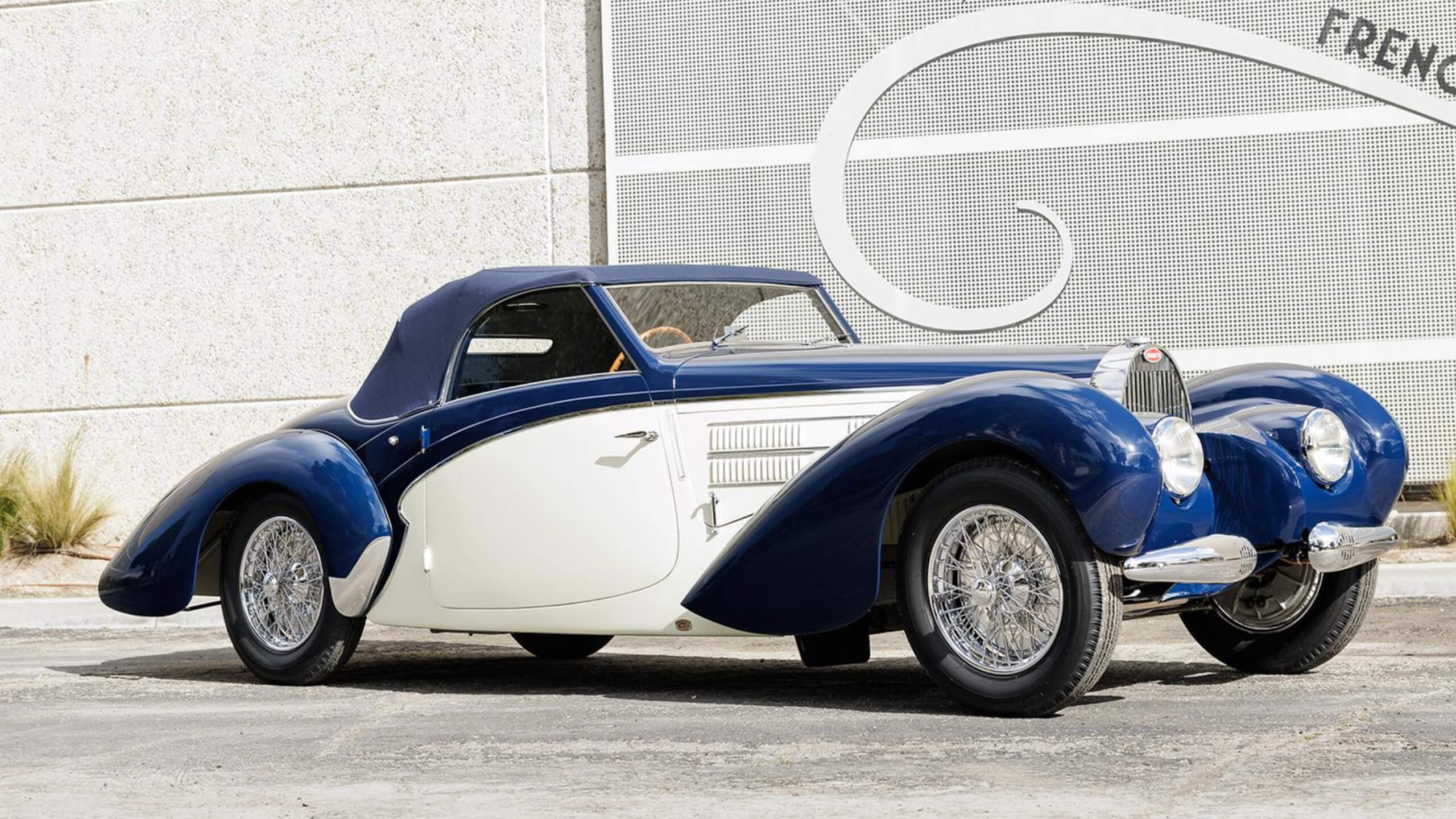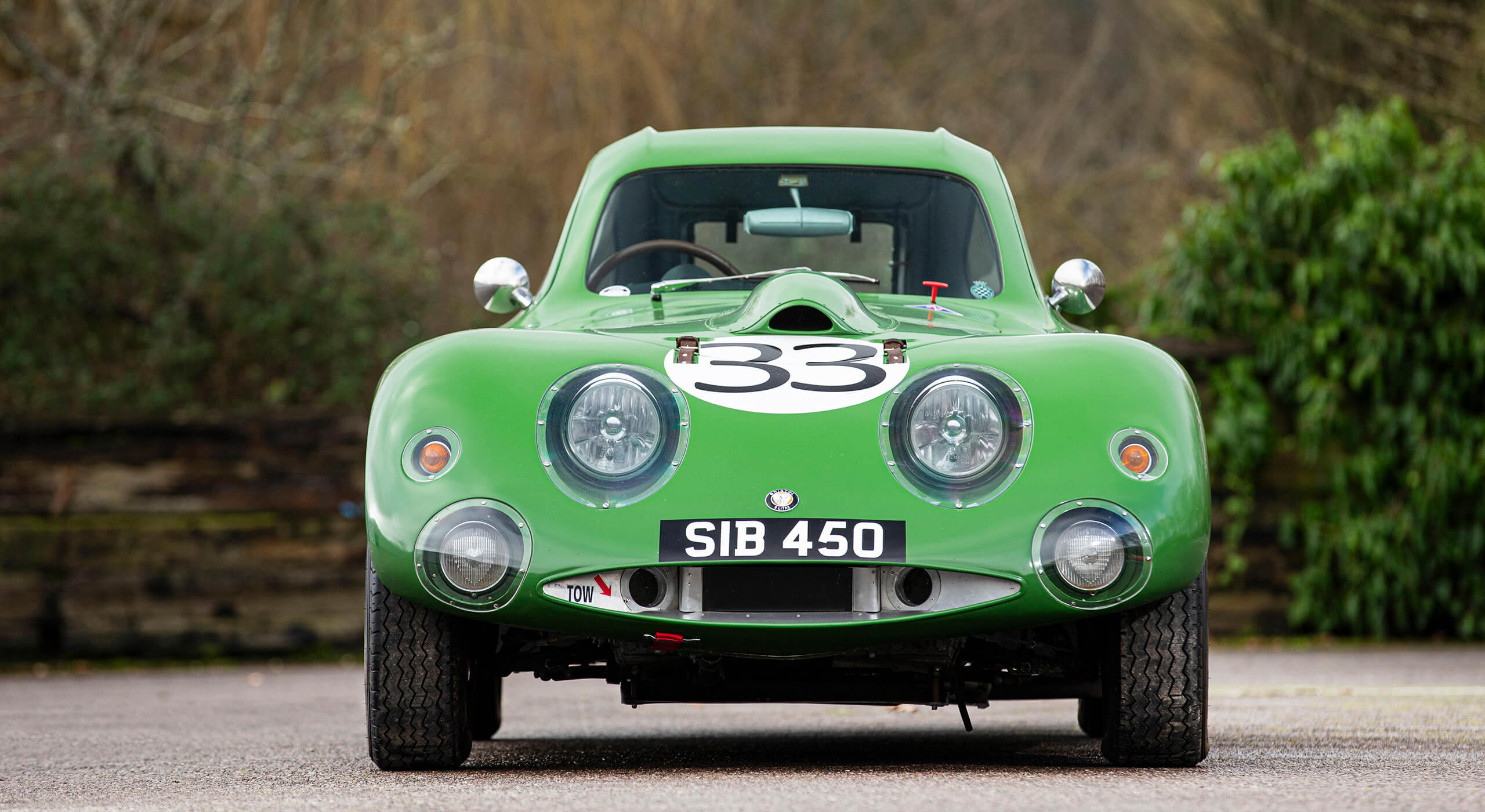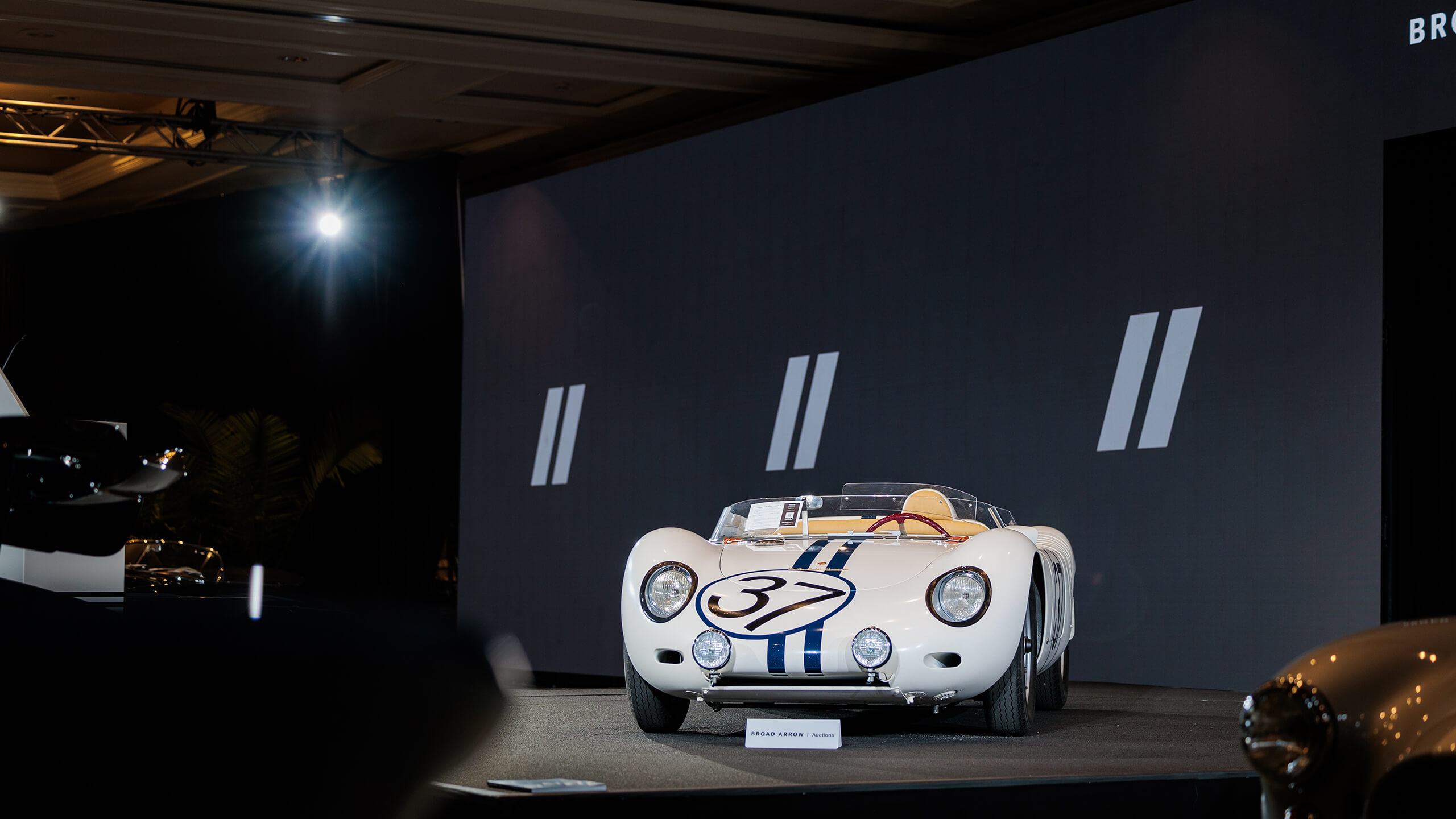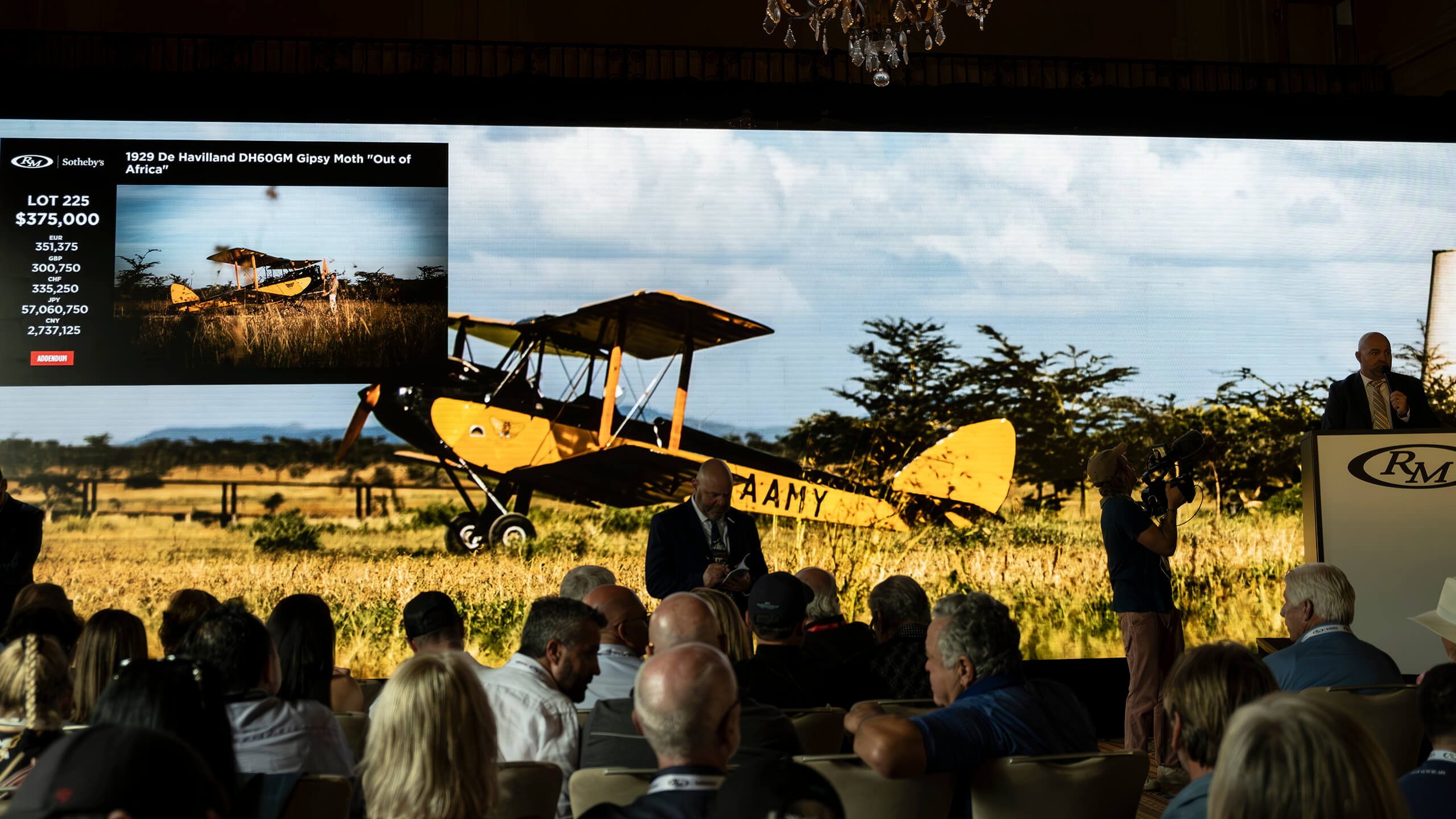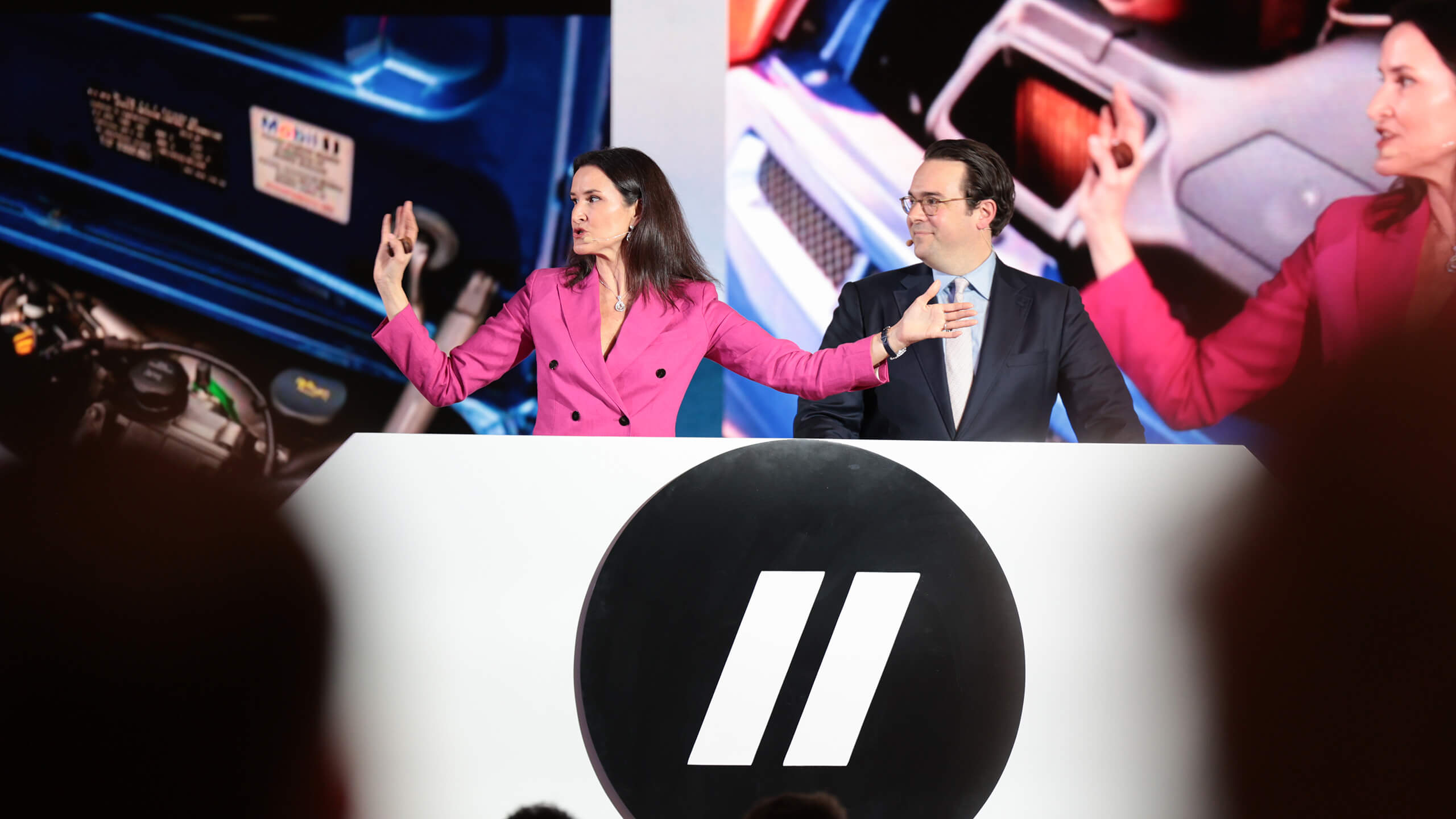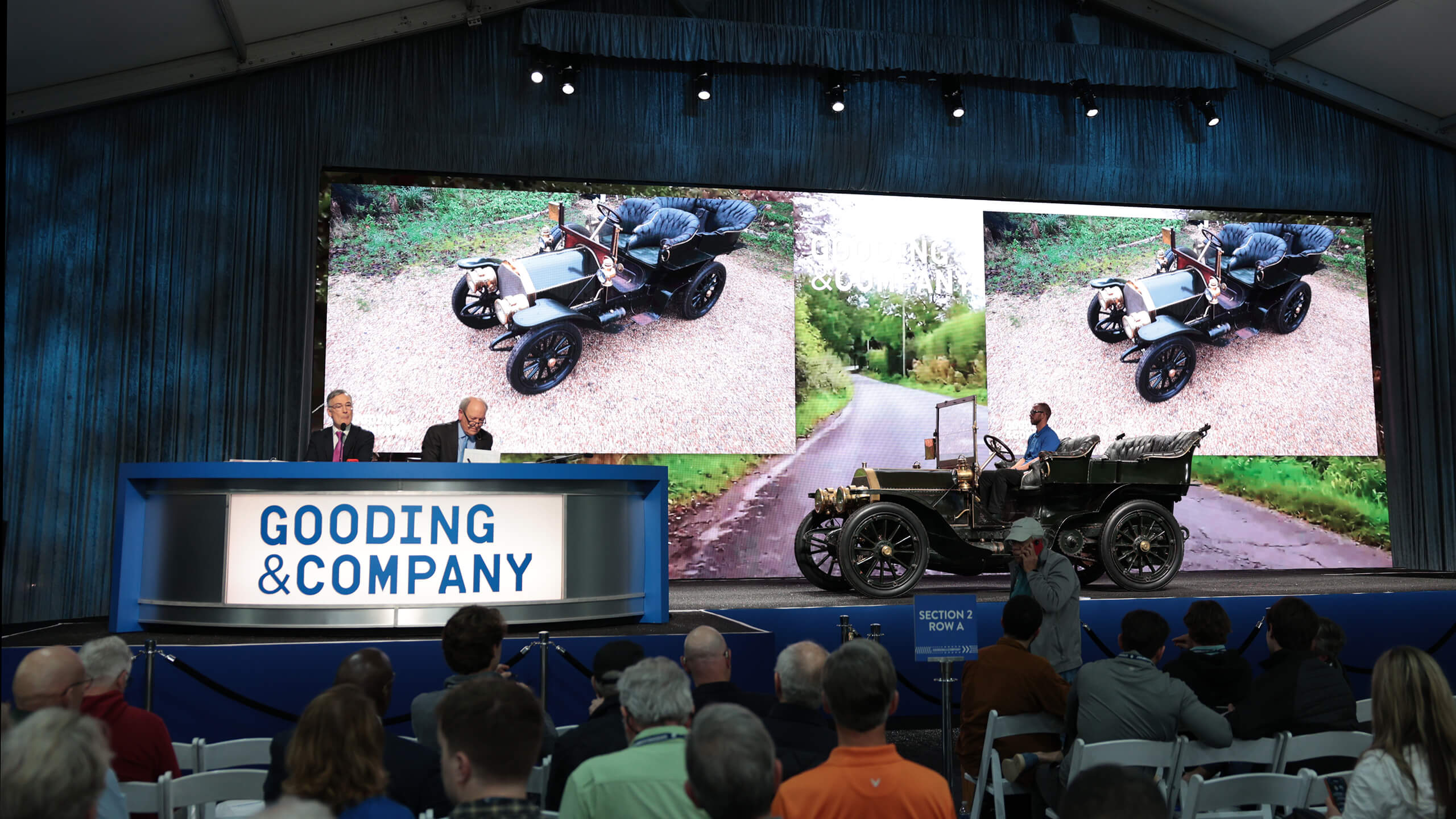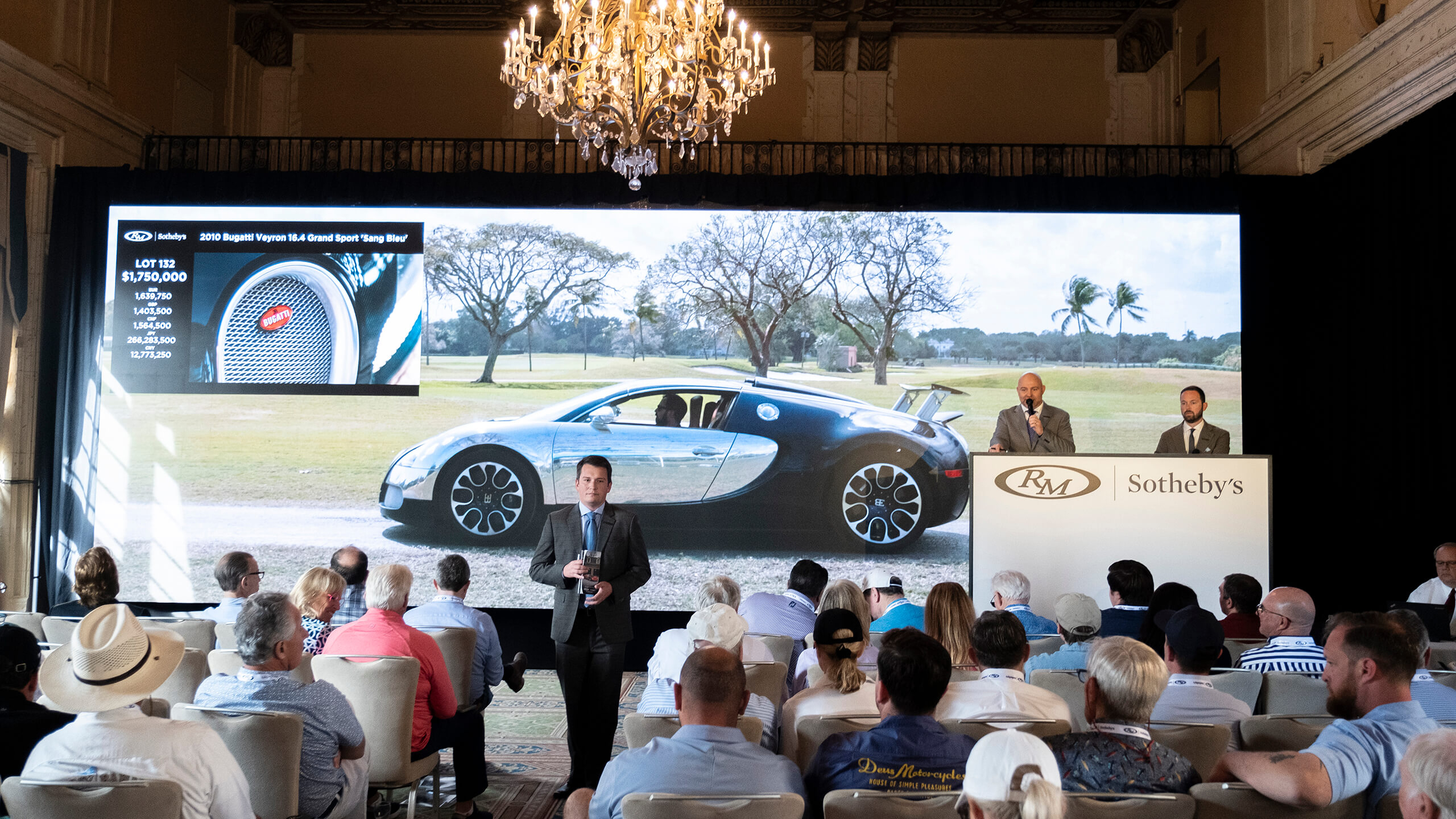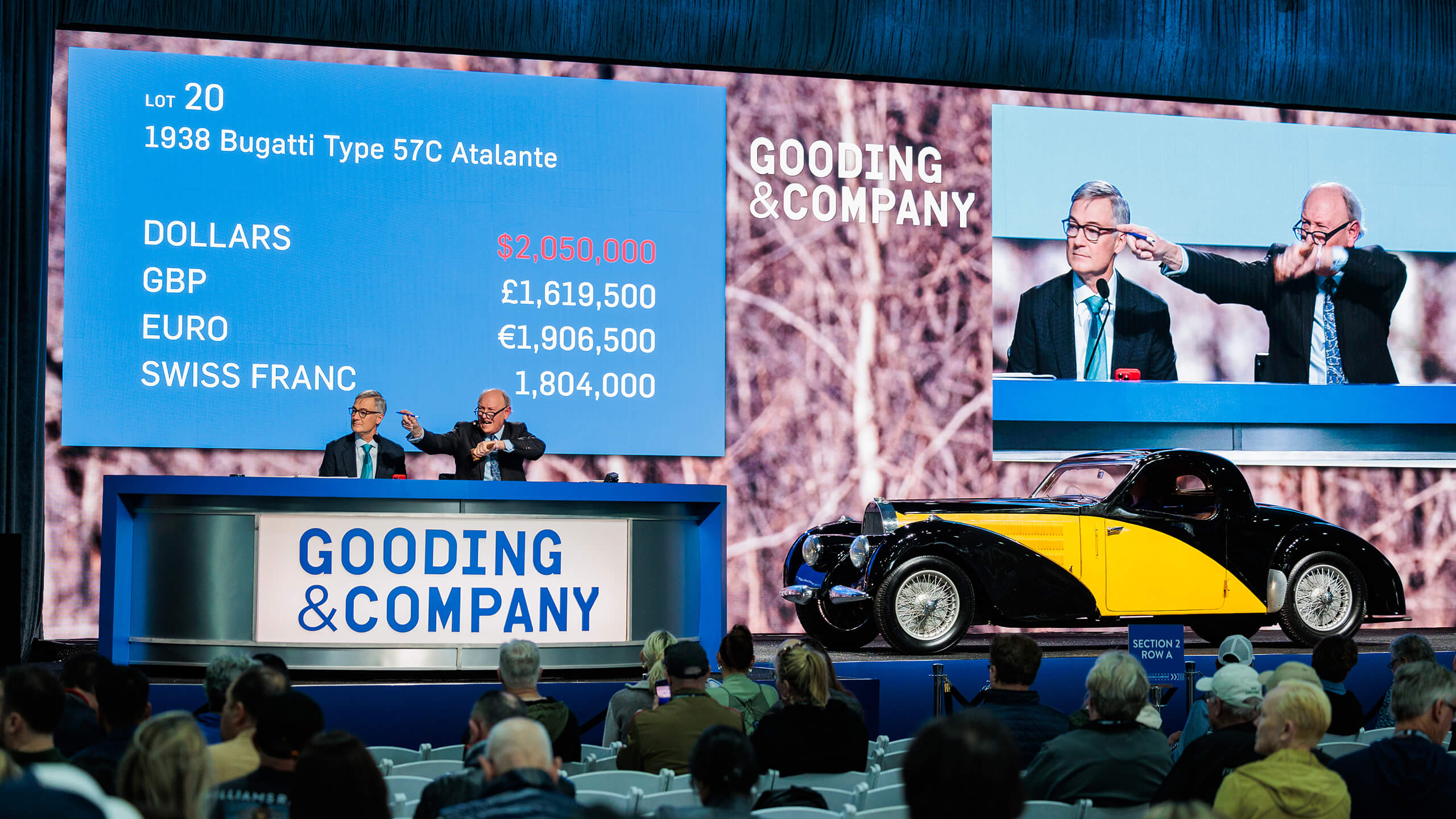Ask the experts: Fiennes Restoration
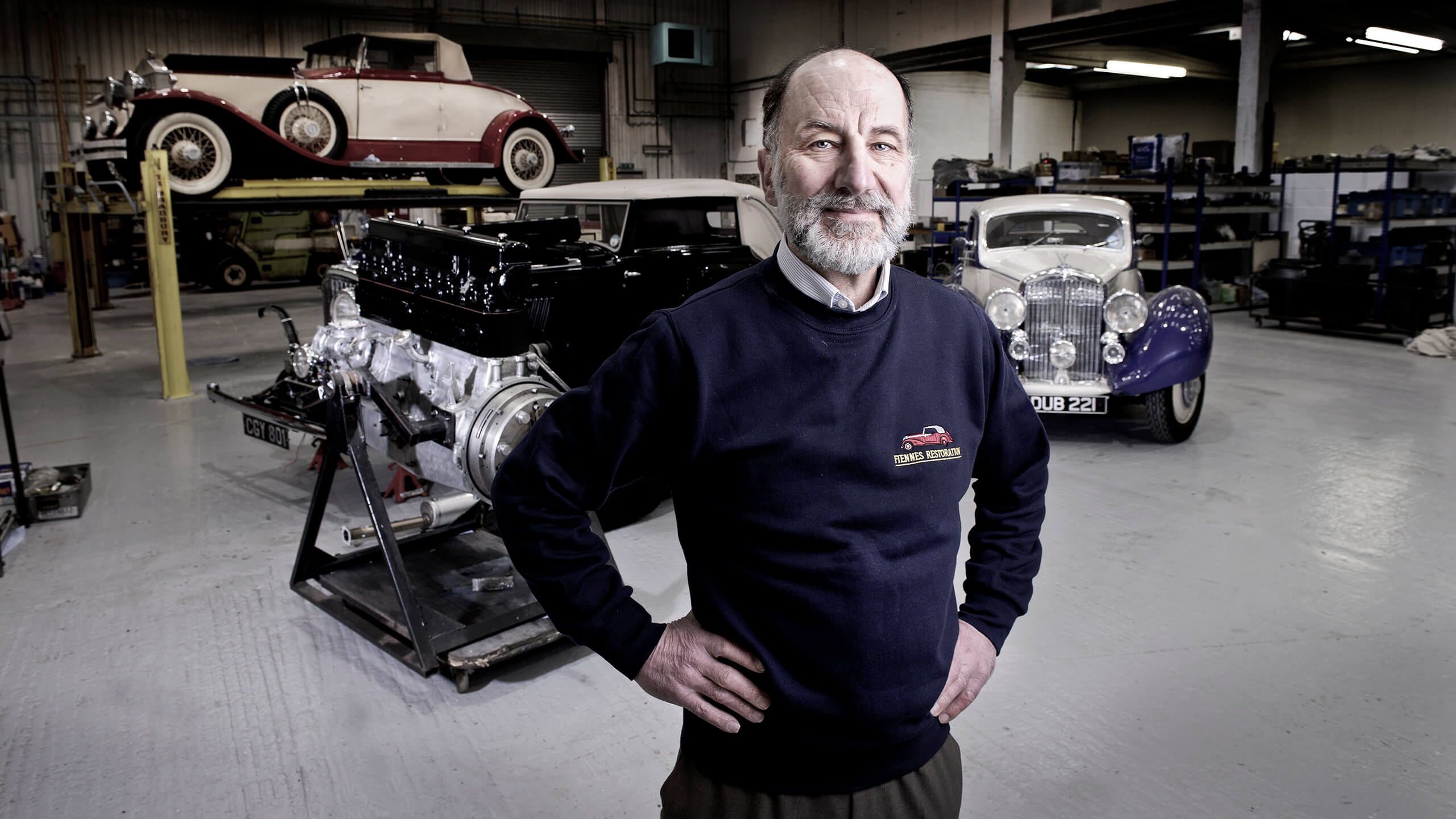
“Going back 40 years, when the restoration industry was growing but somewhat in its infancy, these cars were still being used as everyday transport by quite a few people. Many of them were gifted amateur mechanics and maintained them themselves, but they’d come to us if they needed a particular specialist operation or part. There were a lot of people who were very much hands-on. That has changed over the years.”
Will Fiennes has built up his eponymous company from a one-man band to one of the world’s leading restoration and parts specialists for pre-War Bentleys and Rolls-Royces. How did he get started, and what is his take on the current market for these cars?
“I was an undergraduate studying nuclear physics at Oxford. Myself and a good friend decided that we could justify having a car, which we would share. Someone said, why don’t you buy a Riley? Which I did – a 1936 Merlin.
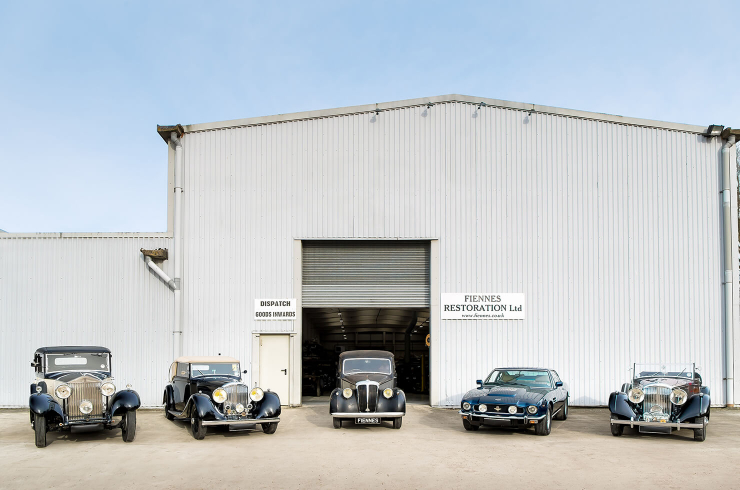
“My father had a colleague who said, ‘William must join the VSCC and the Riley Register’. I was totally bitten by the bug – once you’re infected you can’t get rid of it.
“I eventually got a job working for Smiths Industries in Cheltenham [but] left after three years and felt I could earn a living fettling other people’s cars for them. I found myself working alongside a lovely chap who specialised in Vauxhall 30-98s. He let me have space in the workshop as long as I spent 50 percent of my time working for him. It was a perfect arrangement. He taught me an awful lot.
“While I was there, I found myself working on two Derby Bentleys – one after the other. I realised that here was a car that was not highly regarded at the time. Spare parts – vital parts for MoTs – were becoming unavailable. Rolls-Royce weren’t interested post-1971 in looking after old cars. A lot of New Old Stock from Rolls-Royce either got tipped into landfill or shipped around the world in containers. In fact, we did bring back a load from the States in 2005. There’s still a couple of caches of Rolls-Royce parts in the States and elsewhere.
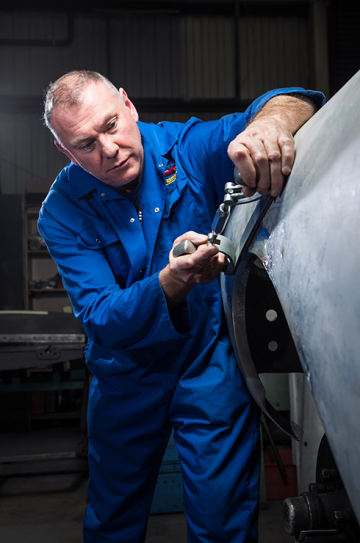

“It seemed like a good place to be. On the whole, the cars were worth spending time and money on. From then on, the business grew like top-seed, with no plan at all. It grew organically.”
How did he get around the increasing parts shortage?
“We rapidly used up the available supply of good secondhand components. The writing was on the wall – the only thing to do was to make new. Going way back, major engine components like cylinder heads and blocks, which were regularly failing, we remanufactured. That pattern was really started by an owner who had a 20hp Rolls-Royce. He had a failed cylinder head and decided to look at the possibility of making new.
“He eventually did succeed in having new heads made for the 20hp and also for the 20/25. He approached us to see if we’d do the machining on these 20/25 castings that he was having made. We’ve been doing it ever since and must have made 800 or maybe even 1000 20/25 heads over the years.
“We try to maintain a stock of parts that, when you’re restoring a Rolls-Royce or Bentley, you might need, so it fits the restoration side. And the restoration side highlights where there might be a possible need or shortages, which then gives rise to us making more parts to put in stock.”

How has the restoration business changed during his time?
“Even 10 years ago, people weren’t averse to having a complete restoration involving all aspects of coachwork – frame, panelling, paint and trim. These days, that sort of job is the exception rather than the norm. There’s much more part-restoration or just a repaint or maybe just a headlining and a couple of seats. That’s been a definite change in the marketplace.
“On the coachwork side, fewer people are being trained in, for example, panel-beating or carpentry. If you went back 40 years, virtually every town would have a garage that would employ a panel-beater or two, who’d know how to use an English wheel. These days, that doesn’t happen. It’s getting increasingly difficult to find people with those skills. We’ve taken people on to train as panel-beaters.”


How does he see the current market for pre-War Rolls-Royces?
“Without doubt you get an awful lot of car for your money if you buy a 20/25 or a Phantom II. The value is certainly influenced by the coachwork. The coachbuilder too, to some extent. Some coachbuilders made bodies that even today are almost as good as when they were built, so long as they’ve been protected from woodworm and rot.
“There’s definitely a cachet attached to some cars, and that’s apparent when you compare, say, a 20/25 with a Jaguar SS 100. From a technical and engineering point of view, there’s no comparison, but you could buy three 20/25s for one SS 100. Hats off to William Lyons and his design!
“The survival rate of pre-War cars is actually surprisingly high. Not so much cars built in the 1920s, but certainly those built in the ’30s – but there’s a limited market for them. The age of the owners is ever increasing, and the younger generation aren’t so keen on taking them on.”

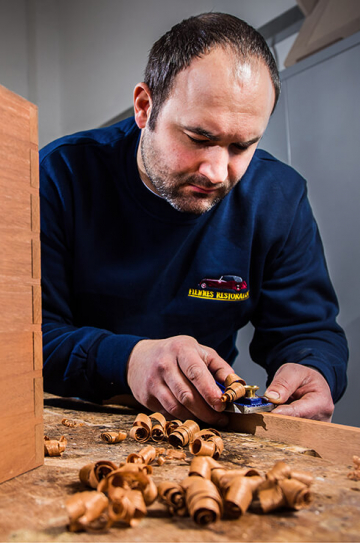
What have been the most memorable cars he’s been involved with?
“We looked after the Embiricos Bentley for a couple of years – that was an amazing car. I can remember driving it at some considerable speed down a dual carriageway and, because of the aerodynamic design, there was virtually no air change inside, even with the windows open. I found out later that it had been commented upon when it went on a tour around the Alps in 1938-’39 – the people in the car mentioned how hot it got because of the lack of air flow.”
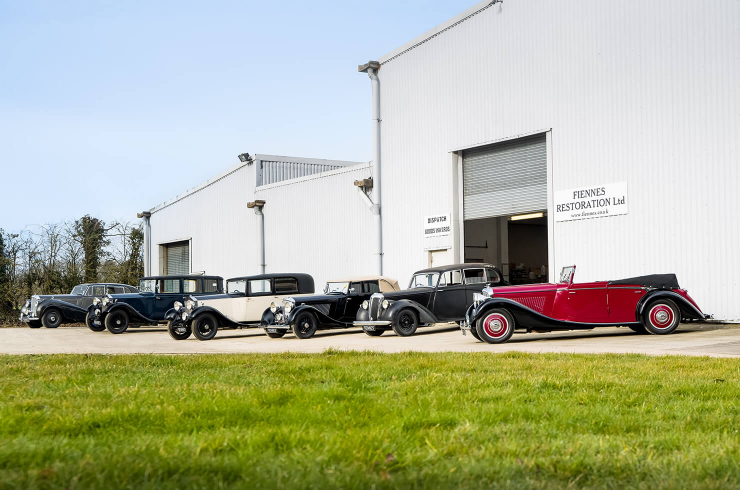
And if he could have just one pre-war Rolls-Royce or Bentley?
“One of the candidates would be the Embiricos. It’s a design icon and a wonderful car. At the other of the scale, going really vintage, would be an early Rolls-Royce 20hp. You can potter along at 45mph, but you’re really in contact with the road. They can be an absolute delight to drive. For different reasons, that would be a strong contender.”
See fiennes.co.uk
Photos by Fiennes Restoration


